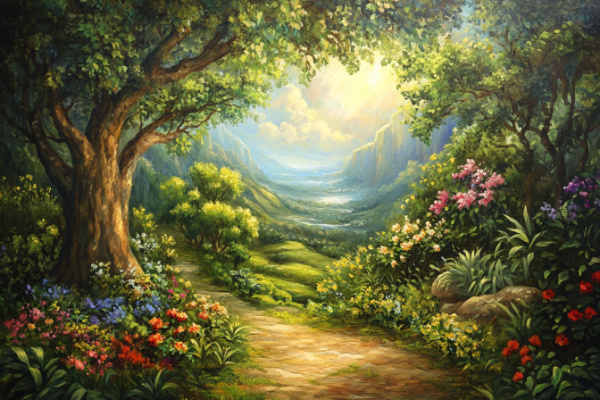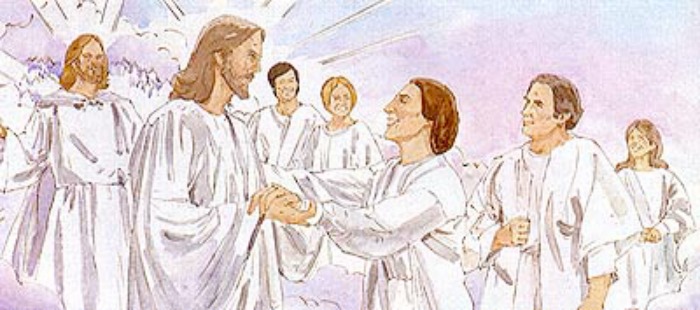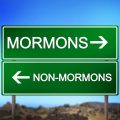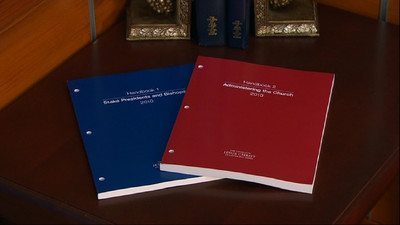Question
Gramps,
Where is the Garden of Eden today? With Cherubim and a flaming sword guarding the way to the tree of life, we should be able to see it as it was not taken from the earth?
Robert
Answer
Hello Robert,
The primary source of information about the Garden of Eden comes from the Book of Genesis in the Bible. According to Genesis, the garden was situated in the east and was watered by a river divided into four headwaters: Pishon, Gihon, Tigris, and Euphrates. The descriptions provide geographical markers that have fueled numerous theories about its possible location.
The rivers mentioned play a crucial role in identifying the garden’s location. The Tigris and Euphrates are well-known rivers flowing through modern-day Iraq, suggesting a Mesopotamian setting. However, the identification of the Pishon and Gihon rivers is more contentious, with varying interpretations placing them in regions such as Arabia, Africa, or even symbolic locations representing abundance and life.
Moreover, some theologians and scholars argue that the Garden of Eden symbolizes a state of innocence and harmony rather than a physical location. This perspective views the garden as a theological construct reflecting humanity’s relationship with the divine rather than a geographical entity to be discovered.
Over the centuries, numerous theories have emerged attempting to locate the Garden of Eden geographically. One prevalent theory places the garden in the region of Mesopotamia, often referred to as the “Cradle of Civilization.” This area, encompassing parts of modern-day Iraq, Kuwait, and Syria, is home to the Tigris and Euphrates rivers, aligning with the biblical account.
Another theory suggests that the Garden of Eden was located in the Persian Gulf region before sea levels rose and submerged parts of the land. Proponents of this theory point to ancient maps and geological evidence indicating that the Persian Gulf was once a lush, terrestrial environment suitable for sustaining a paradise.
Some scholars propose that the Garden of Eden was situated in Ethiopia or the Arabian Peninsula. The identification of the Gihon river with the Nile River places the garden in Africa, while others associate the Pishon river with the Wadi Batin in the Arabian Peninsula. These theories are supported by various interpretations of ancient texts and historical records.
Archaeological evidence plays a significant role in the debate over the Garden of Eden’s location. Excavations in Mesopotamia have uncovered ancient civilizations that could align with the biblical narrative’s description of a garden with abundant resources and agriculture. Features such as irrigation systems and fertile land support the notion of a well-developed garden supporting human life.
However, no definitive archaeological evidence has been found to conclusively identify the Garden of Eden’s location. The lack of concrete findings leaves room for speculation and alternative interpretations. Some archaeologists suggest that the Garden of Eden story may be a fusion of various ancient myths and not indicative of a single historical location.
Different cultures and religions offer varied interpretations of the Garden of Eden, influencing beliefs about its location. In The Church of Jesus Christ of Latter-day Saints, for example, the Garden of Eden is viewed as the original paradise where Adam and Eve lived before the Fall. The Church teaches that the garden was located on the American continent, specifically in what is now Missouri, based on revelations received by Joseph Smith.
This perspective contrasts with traditional Judeo-Christian interpretations and highlights how religious beliefs shape perceptions of the Garden of Eden’s location. Cultural narratives and religious doctrines thus play a pivotal role in how the Garden of Eden is understood and its significance in human history.
In contemporary times, the Garden of Eden continues to be a powerful symbol in literature, art, and popular culture. It represents an idealized state of harmony, the loss of innocence, and the eternal quest for paradise. Modern interpretations often focus on the metaphorical aspects of the garden, emphasizing themes of environmental stewardship and the human connection to nature.
Environmental movements sometimes draw parallels between the Garden of Eden and the Earth’s ecosystems, advocating for the preservation of natural habitats to reclaim a semblance of paradise lost. This symbolic approach shifts the focus from locating a physical place to understanding the garden’s representation of ecological balance and sustainability.
The second question about being able to see the tree of life and a Cherubim with a flaming sword doesn’t appear likely: 1) We don’t know which tree or what type of tree. 2) We don’t know if the Cherubim and flaming sword can only be seen with spiritual eyes (think of the story of Balaam who could not see the angel in his path with a drawn sword until his eyes were opened, (Numbers 22:23-31). 3) The tree of life could have possibly remained in a perfect state, which did not fall with the earth, as did other life.
The location of the Garden of Eden is sure and true: Jackson County, Missouri, in Independence. The second question is pure speculation, and your thoughts are as good as mine.
Gramps







